Prior Friends Speed Growth of Anacortes Sangha
Written by: Jonathan Prescott
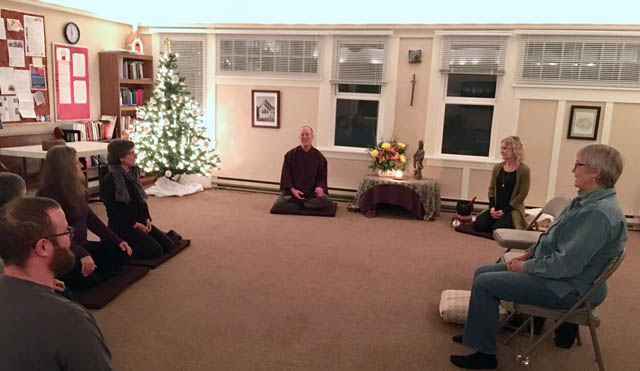
Jonathan Prescott offers a dharma talk on preparing the mind and body for meditation.
Photos by: Jonathan Prescott, Sandra Starbuck
Building on relationships members have created in the community, the Anacortes Mindfulness Community was recently offered a rent-free home in Christ Episcopal Church’s parish hall.
The new space in the small town of Anacortes, north of Seattle, was timely. In fewer than two years the Anacortes Mindfulness Community has grown so rapidly it has quickly needed more room.
The parish hall gives us access to a large room for meditation practice, as well as a kitchen, meeting area, and children’s space, all free of charge.
Now we’re offering sitting and walking meditation on Tuesdays from 6 p.m. to 8 p.m., as well as dharma talks, study and discussion. We offer daylong retreats four times yearly, and are planning our first residential retreat, to be during the summer of 2019.

The roots of the church support were planted years ago, when I was a student in a three-month clinical pastoral education unit along with five Episcopalian priesthood aspirants. We remained friends, and the two who became local priests were happy to offer use of their building to our new sangha.
This community support runs deep, because when we first launched in 2017 we were offered space by the Anacortes Center for Happiness, a non-profit that supports regional kindness and compassion projects.
The Center for Happiness not only housed us in their beautiful, bright, third-floor ballroom, but they also introduced us to the community using their broad social media network. Their introduction was so effective that we had 25 people at our first sitting!
From The Center for Happiness and the Episcopal Church, we learned there are many people who are happy to support our practice, even if they don’t choose to join us during our regular Tuesday evening sittings. These supportive people have found deep peace in their own traditions, and want to support a diversity of spiritual paths.
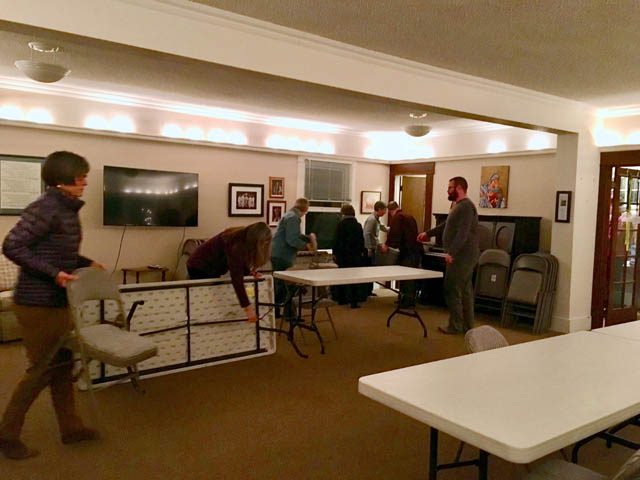
The Anacortes Mindfulness Community practices in the Plum Village Zen tradition, created by Vietnamese Master Thich Nhat Hanh.
The Anacortes Mindfulness Community grew out of 2017 conversations between myself and Peter Nickol, when we were sharing a room during a retreat at Thich Nhat Hanh’s Deer Park Monastery in California. Nickol lives in Portland, but often visits Anacortes to see his mother.
As he and I connected, we realized we both wanted to start a sangha in Anacortes, a seaside town of about 17,000.
I’d led a sangha on nearby Guemes Island since 2005, but hadn’t known how to expand our sangha into Anacortes, even though I’d developed many relationships in the town in my role as chaplain in hospice, cancer-care, and hospital settings. Peter also knew the community, and felt there was a groundswell of practice energy waiting to be expressed. So Peter put leadership in contact with energy, and the Anacortes Mindfulness Community was born.
These early experiences of offered support are helping us learn to include many partners in our sangha creation. We recognize we have a thin roster of experienced leaders, so we are inviting many members to participate in leadership, each sharing their strengths.
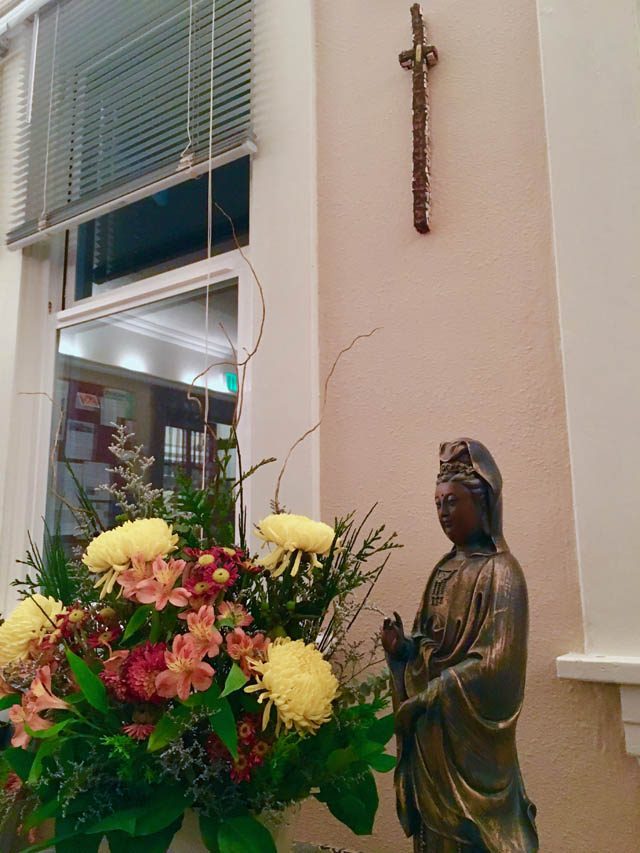
One member posts weekly summaries of our dharma talks to the Facebook page and website she created. Another brings her social justice awareness to our not-so-diverse sangha. Another used her experience in government to establish our non-profit status.
As a group, we are even encouraging and training many members to serve as bell minders. We pass the small bell around the circle during our second-hour dharma sharing, so everyone has a chance to invite the bell between offerings and to hold the sangha in love. We find that broad participation in leadership creates a more cohesive sangha, and helps people feel that they belong.
As the Anacortes Mindfulness Community develops, we hope to shine the light of togetherness on our emerging challenges. One challenge is our tendency to place too much power in the hands of a single leader. So as one of the old-timers I’m always looking for ways to share authority with others.
The “old way” would be for me to jump in and solve the problem: How do we handle money?
“Oh, I’ve been there before. Let me tell you what works.”
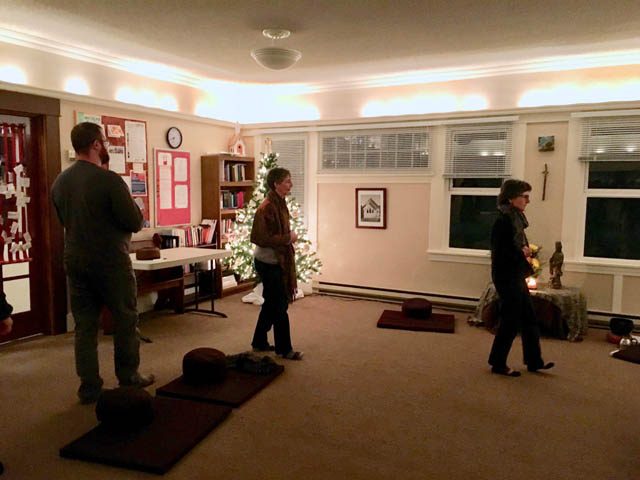
How do we structure a day of mindfulness?
“Oh, here’s what we’ve done in other sanghas. I’ll just make the schedule.”
But leading in this way creates dependency on the leader and denies the sangha the transformation and joy of engaging in its own process. Moving through these nuts-and-bolts activities together creates a cohesive sangha. It is in the daily give-and-take that relationships are formed and sangha unity is born.
I’ve found that, as a leader, I shouldn’t try to pave the path. There is benefit in us scrambling over the rocks together.
Another challenge is our relationship to money. We have inherited a dana culture that worked beautifully in the East: Monastics supported communities with teachings, rituals, and pastoral care, while communities supported monastics with food, donations, and monastery maintenance.
But here in the West, most lay Zen dharma teachers need a patron outside the sangha to make their teaching financially sustainable. Are there better ways to think about our finances?
For example, the small church on Guemes Island where I live, right next to Anacortes, is supported by a congregation similar in size to our sangha. They raise $40,000 a year to pay their half-time pastor, while our dana basket takes in offerings of only $10-$20 per member.
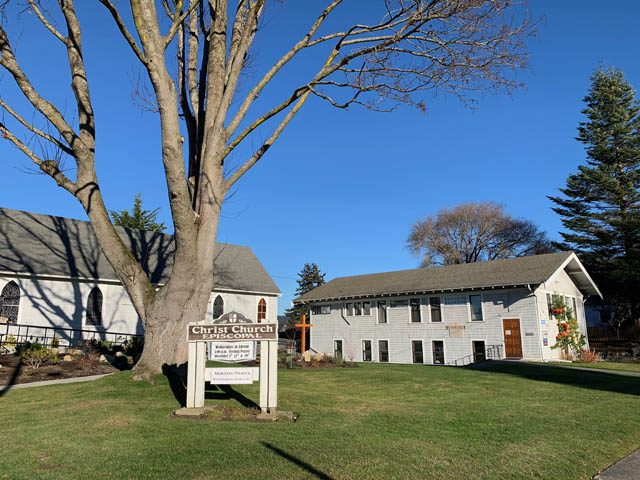
My sense is that we have much to learn from our Christian neighbors about the importance of money in creating a living, sustainable sangha. What can we learn from them about generosity, about the value of creating institutions, about the confluence of money and spirituality? Looking deeply into these questions may help us mature into a sangha that doesn’t place an unfair burden on the generosity of our dharma teachers.
No matter what challenges arise, we have developed confidence that moving together and including many voices yields better results. As Thich Nhat Hanh has said, maybe the next Buddha is the sangha.
The sangha has many minds and eyes and skills, and as a result, much-broader wisdom than any individual or exclusive group. But for us, inviting many voices into the process of creating sangha isn’t just more effective. It’s more fun!
Jonathan Prescott facilitates the Anacortes Mindfulness Community. He is an ordained member of Zen Master Thich Nhat Hanh’s Tiep Hien Order. Prescott retired from hospice and healthcare chaplaincy to found Wise Caregiving, where he teaches arts of contemplative care to professional and home caregivers.
